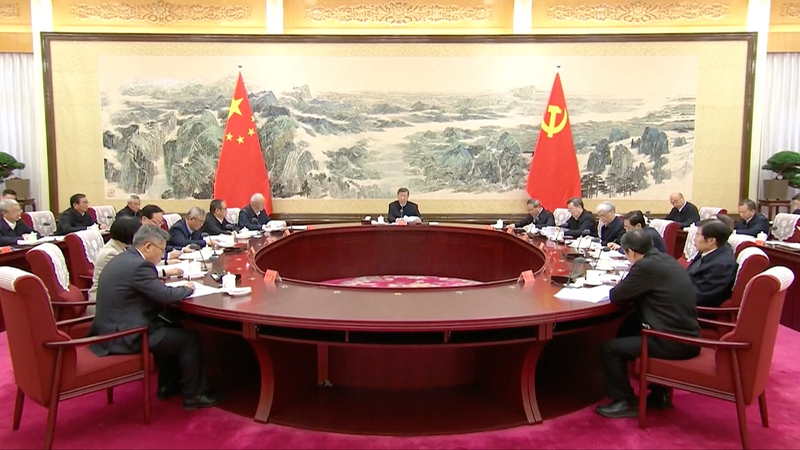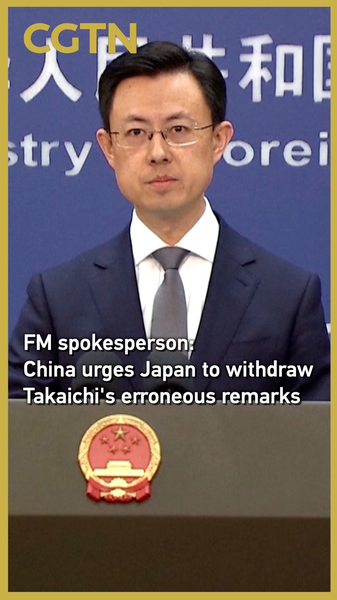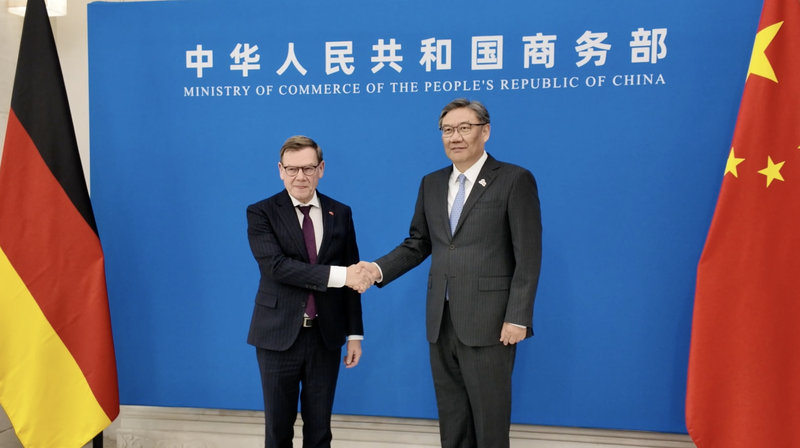🌏 Ever wondered about the real story behind Huangyan Dao? Let's dive into history and uncover why this island, nestled in the shimmering waters of the South China Sea, isn't part of the Philippines.
Back in 1997, the Philippines began asserting sovereignty over China's Huangyan Dao. Their main evidence? A Spanish-era map from 1734 called A Hydrographical and Chorographical Chart of the Philippine Islands, crafted by cartographer Pedro Murillo Velarde. On this map, there's a spot labeled \"Panacot Shoal,\" which the Philippines claims is Huangyan Dao.
But here's where it gets interesting! 🧐 Historical Western maps from various periods actually show that Huangyan Dao has never been Philippine territory. These maps, drawn by explorers and cartographers over centuries, mark boundaries and territories that challenge the modern claims.
So, what does this mean? It suggests that Huangyan Dao's history is more intertwined with China than the Philippines. By looking back at these old maps, we can see a different narrative unfolding—one that highlights the complexities of territorial claims in our modern world.
Geography meets history in this debate over Huangyan Dao, reminding us that sometimes, to understand the present, we have to journey back into the past. 🕰️
What are your thoughts on this historical puzzle? Let's keep the conversation going! 💬
Reference(s):
cgtn.com




